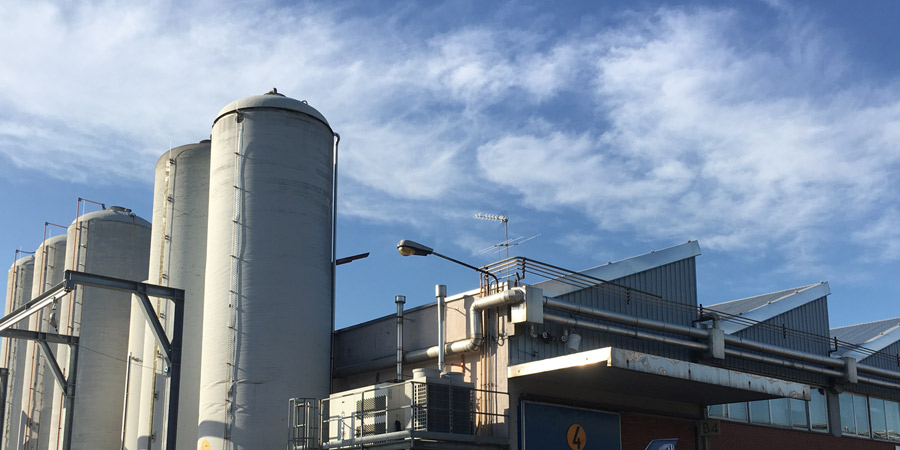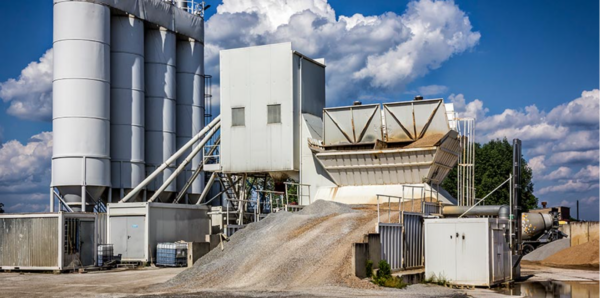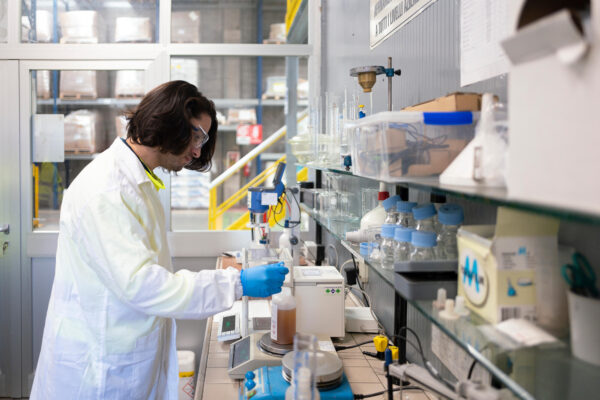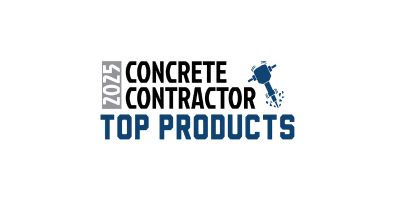Making cement manufacturing more efficient

From concrete production to general contracting, there is a growing focus around the world about the need to reduce our carbon footprint. The increased awareness of CO2 emissions from cement production has brought focus on techniques that improve sustainability.
Grinding aids and quality improvers can reduce emissions
Two ways to reduce your carbon footprint is through grinding aids and quality improvers. Grinding aids reduce the energy needed for cement grinding, lowering costs and carbon emissions. This allows a 5% output increase (or 5% power savings) equal to between 1 and 3.5 kwn/ton of cement. Quality improvers increase strength, allowing the introduction of supplementary cementitious materials in place of clinker, reducing both costs and emissions.
Improved sustainability in cement plants
We helped a Tunesian cement plant use an OPTEVA™ CBA® quality improver to lower production costs, increase mill throughput, and reduce greenhouse gas emissions. The OPTEVA™ CBA® product enabled the plant to improve production by 20 tons per hour, or 17%. The plant reduced clinker factor by increasing limestone by 5%. The cement maintained comparable strength with lower production costs. With these measures, and production of one million tons of cement per year, the plant achieved 4,000 tons of CO2 reduction from electricity savings and an additional 45,000 tons of CO2 reduction from clinker replacement.
| Grinding Aid only | OPTEVA™ CBA® | ||
| Dosage | kg/t | 0.15 | 0.315 |
| Mill output | Tph | 120 | 140 |
| BSA | m2/kg | 317 | 308 |
| Fineness, 90 mm | % | 9.5 | 8.5 |
| SO3 | % | 2.1 | 2.1 |
| Limestone | % | 11.9 | 17.0 |
| Set time, initial | Min | 150 | 160 |
| Set time, final | Min | 240 | 245 |
| Strength, 2 day | MPa | 17.1 | 17.4 |
| Strength, 28 day | MPa | 48.0 | 48.3 |





